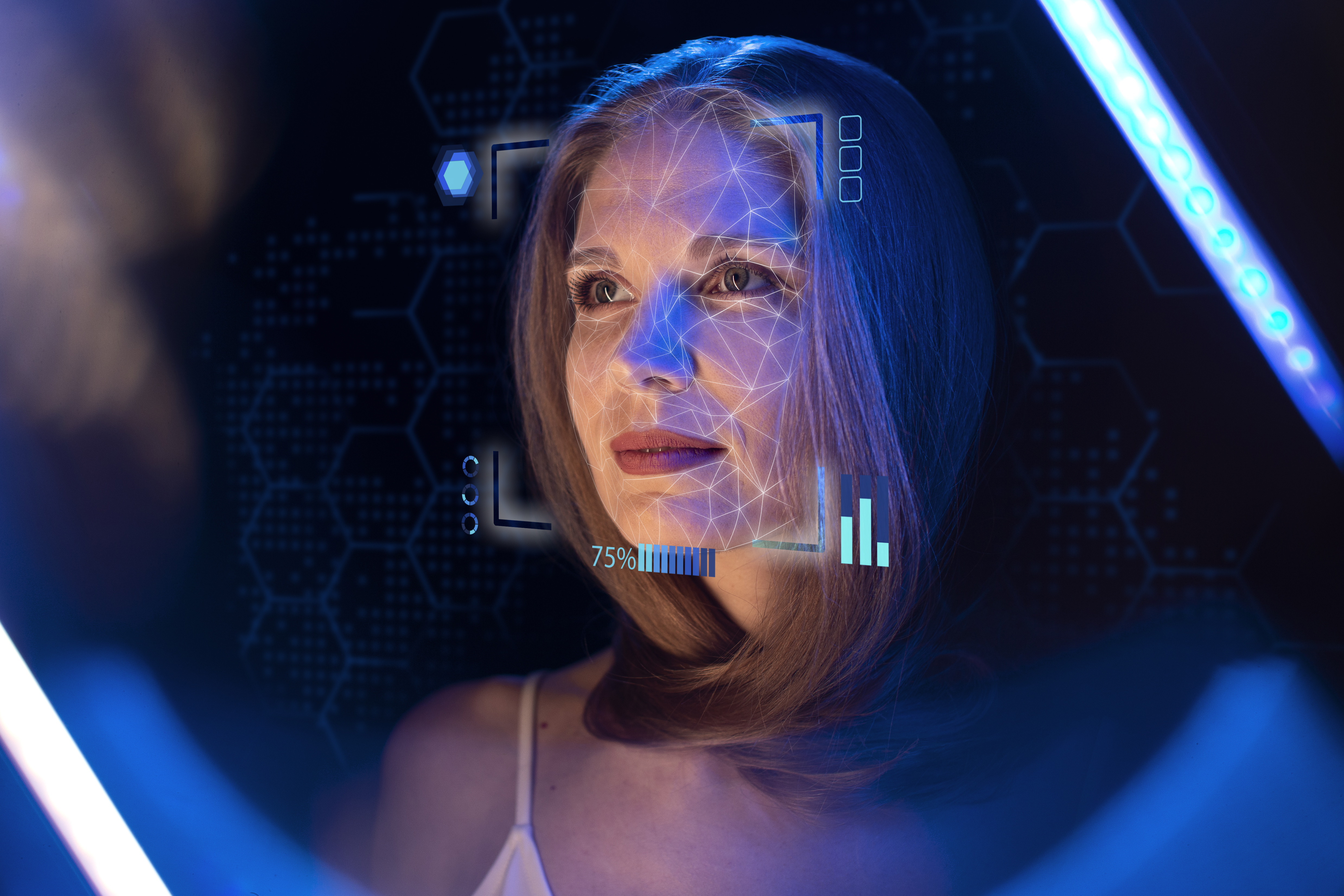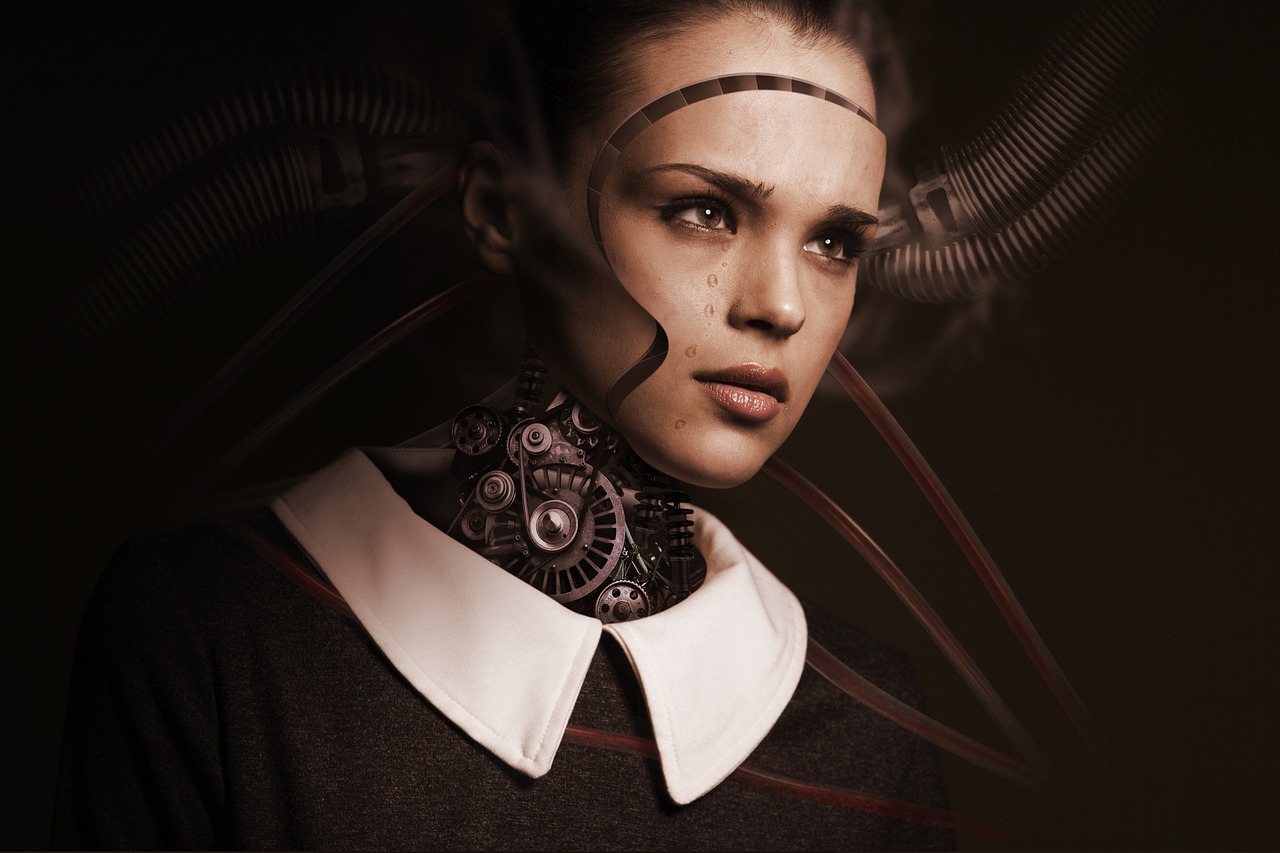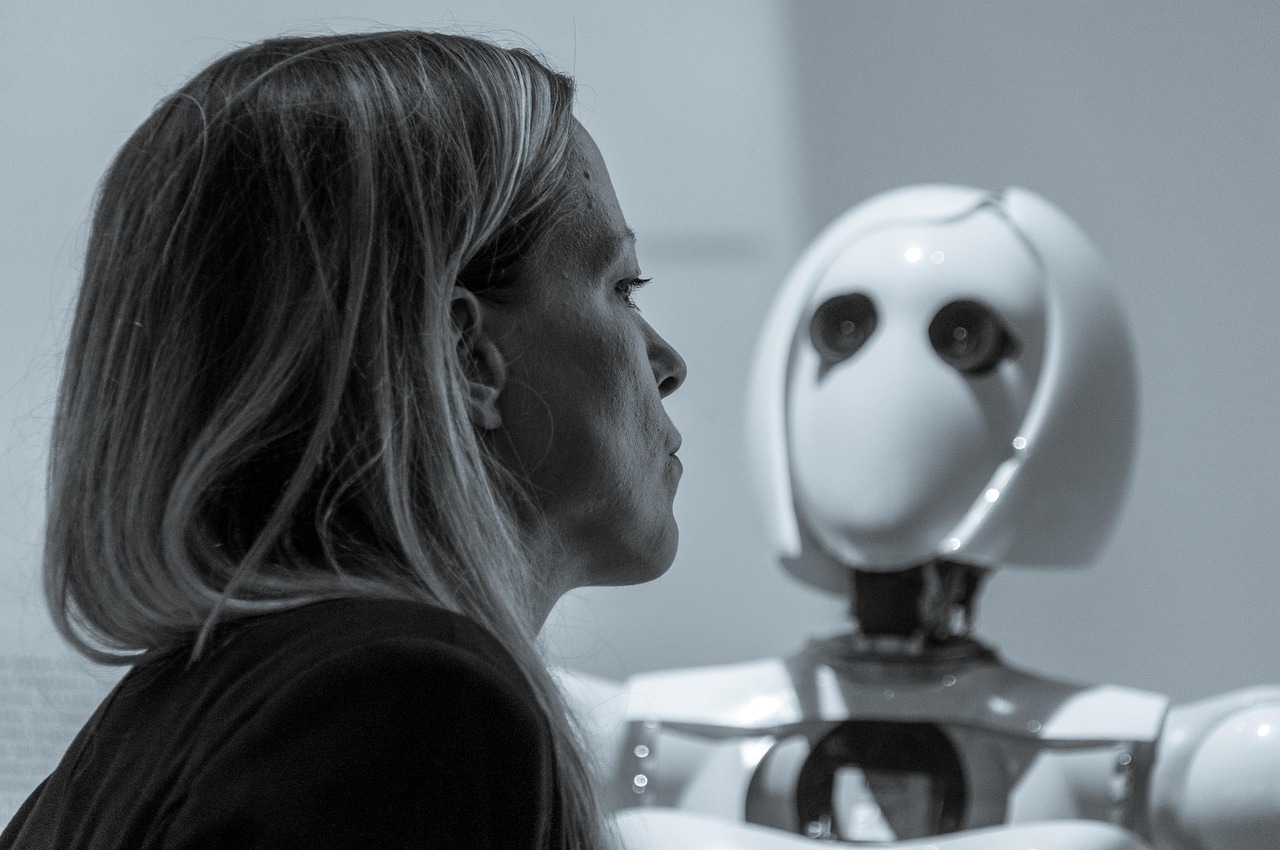Imagine walking into a store where a robot assistant welcomes you and asks how you are doing, and when you say you are tired, it recommends a herbal tea for relaxation. Or a customer service chatbot that can sense the level of annoyance in the text and try to ease you up. Is this the future? It does not have to be.
The use of AI in various aspects of our lives has been going on for many years now, and the initial iterations of AI were designed to emulate human logic and problem-solving abilities, as well as automate various processes. But a new revolution is emerging: Artificial Emotional Intelligence (AEI)—a technology that is being developed to emulate human capacity to perceive, analyse and respond to emotional states.
In this article, we will look at how robots are being trained to recognize emotions, the implications of AEI for various sectors including healthcare and customer relations, and whether it is possible for machines to really understand how we feel.
How Does Emotional AI Work?
To understand how robots understand emotions, it is first important to define what emotions are. People manifest feelings through their faces, voice, bodily changes and position. AEI seeks to understand these signals through three key technologies:
Facial Recognition & Microexpressions
It recognizes subtle facial movements to identify emotions such as happiness, sorrow, or anger.
Major companies such as Affectiva and Microsoft Azure Emotion API are the vanguard in this endeavour, offering products that claim to recognize emotions with more than 80% accuracy.
Voice Analysis & Sentiment Detection
It listens for changes in the tone of voice, pitch of the voice and the words used to determine the emotional state of the speaker.
The likes of Amazon’s Alexa and Google Assistant have begun incorporating some of these to modify their responses to the way the user sounds.
Behavioural & Biometric Tracking
It monitors heart rate, eye-movement, and electrical activity in the skin to notice tension or excitation. These metrics are already being used by AI-integrated wearables like the Apple Watch to inform users about their mental and emotional state.

Though these technologies seem complicated, do they really understand emotions, or are they just identifying them?
The Industries Being Transformed by Emotional AI
Various industries are being transformed by emotional AI, but it is also creating opportunities and ethical dilemmas.
1. Customer Service & Retail
It is able to analyse frustration of the customer and raise complex complaints to the human agents for the AI chatbots.
Emotional AI in stores – adaptive lighting and music according to the customers’ moods.
2. Healthcare & Mental Health
Emotional support to the patients suffering from loneliness or depression are provided by AI companions.
Stress levels of the patient are monitored by hospitals with the help of AI and suggestions are given for the same.
3. Autonomous Vehicles & AI Assistants
Car AI is able to identify driver’s drowsiness or stress and recommend breaks or calming music.
Voice assistants that are powered by AI are able to change their tone to tone the user’s emotions, which makes the interactions more natural.
The Ethical and Psychological Dilemma
As machines become more emotional, one has to ask, can robots really feel or are they just feeling fake?
Some concerns include:
- Emotional manipulation: It could be used in advertising or in politics to manipulate emotions.
- Less of human connection: Will emotional bonds weaken if AI is used to replace human empathy in caregiving?
- Bias & Misinterpretation: AI trained on biased data may misread emotions, leading to unintended consequences.
A study from MIT warns that AI may not understand cultural nuances and emotional depth that can lead to wrong interpretation of human behaviour in critical areas like law enforcement and hiring.
Problems of Emotional Artificial Intelligence: When Machines Misjudge Human Feelings
Currently, we can distinguish several areas of application of artificial intelligence, and systems that are intended to analyze people’s emotions are not an exception.
Nevertheless, such approaches come with certain limitations that result in noticeable failures. The list of examples that illustrate these failures is provided below:
1. Bias in Facial Recognition Systems
AI based facial recognition technologies have shown great tendency of being racist and sexist in their operations.
- Racial and Gender Bias: Research has shown that facial recognition technologies perform worse at identifying people of colour and women. For example, a research found that the error rate was 0.8% for light skinned males but up to 34.7% for dark skinned females (Source).
- Underrepresentation in Training Data: These biases are caused by the fact that these systems are trained using datasets that do not include diverse individuals, mostly white male faces. This lack of representation means that other demographic groups will have lower accuracy.
2. Emotions are misinterpreted in Customer Support.
Chatbots and virtual assistants that are developed with the help of artificial intelligence and are used to improve customer relations may not always understand the emotional intent of the conversation:
- Failure to Detect Sarcasm and Context: One of the major problems in this regard is that AI systems are prone to making funny or inappropriate responses to sarcasm, idioms, and other forms of colloquial language (Source).
- Lack of Genuine Empathy: Although it is possible to program an AI to pick up on certain emotional signs, it cannot really empathize with the customer in the way that a human can, which can often lead to the customer feeling like they are not being heard or understood.
3. Ethical Issues in Marketing
The use of emotional AI in marketing is not without its ethical issues, the primary among them being privacy and manipulation.
- Privacy Risks: Emotion analysis entails the capture and analysis of personal data, which if not properly handled poses a threat to the privacy of individuals.
- Manipulative Practices: The use of emotional AI to influence consumer behavior can be seen as manipulative especially when consumers have no knowledge of the tactics being used on them (Source).
Can AI feel emotions?
Can an AI as far as detecting emotions, it is not self-aware it has no consciousness, and it has no first-person perspectives – the things that are crucial for human emotional intelligence.

But, current studies in AI learning models indicate that robots may be designed to emulate emotions in a way that they can be recognized as emotionally intelligent entities by their peers.
The Future: Key Questions to Consider:
- Will we ever trust an AI therapist as much as a human?
- Can you use emotional AI instead of human relationships, or is it just a tool to ask for help?
- How do we guarantee the proper ethical usage of AI’s emotional capabilities, and how do we go about doing it?
Conclusion: The Inevitable Rise of Emotional AI – But At What Cost?
We are on the verge of a technological revolution in which machines are not only thinking, but feeling as well. Emotional AI is no longer science fiction; it is already a reality that is influencing customer service, healthcare and even day-to-day interactions.
But here’s the question that no one dares to ask: Are we really prepared for an AI that can read us better than we can read ourselves?
What if there was an AI therapist that provided better emotional support than a human? Or what if AI driven relationships became indistinguishable from the real ones? Are we going to reach a situation where human interaction is gone, and we are left with artificial empathy?
And what about manipulation? If AI can recognize emotions, it can also be used to exploit them. How is it going to be when emotional AI will be used in advertising, politics and even law enforcement to influence the public opinion?
Perhaps the most disturbing question is this: If a machine can replicate perfectly the emotions of love, sadness or joy – does it really matter that it is not actually feeling them? Will we care?
Emotional AI is here to stay, but the biggest challenge is not to make machines more humanlike – it is to prevent humans from becoming more machinelike.
Therefore, the last question is: Are we creating AI, or is AI creating us?


